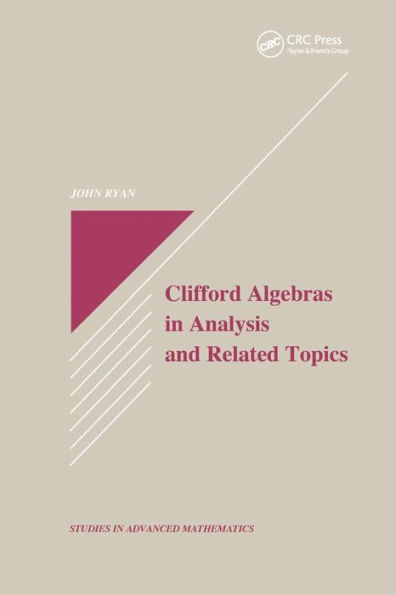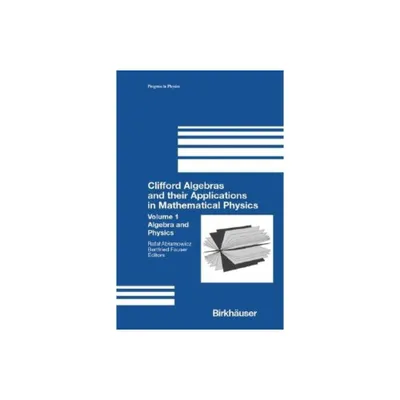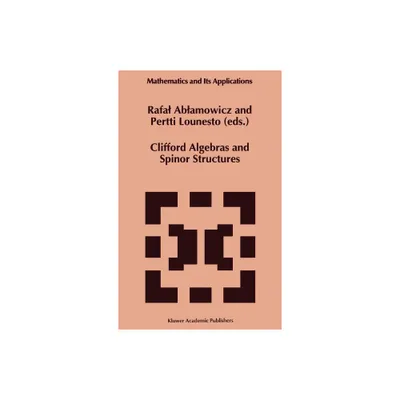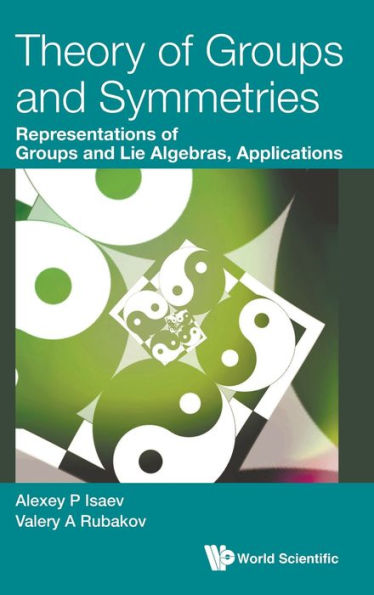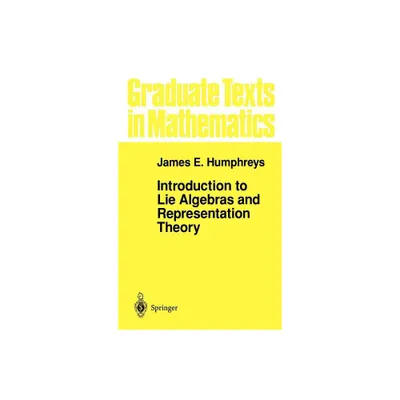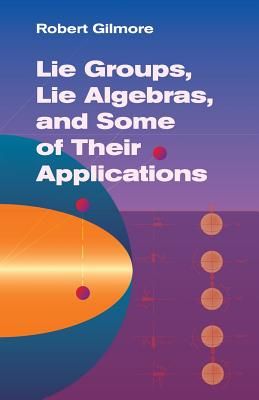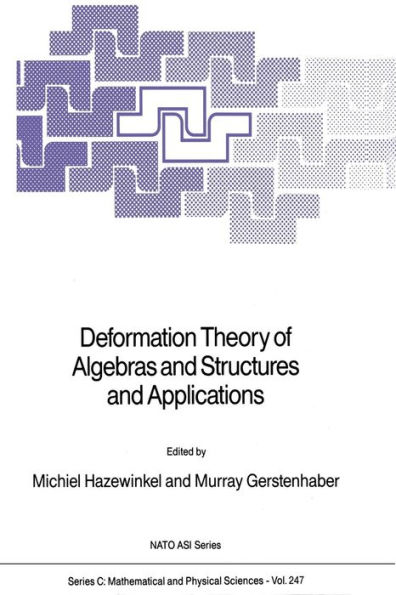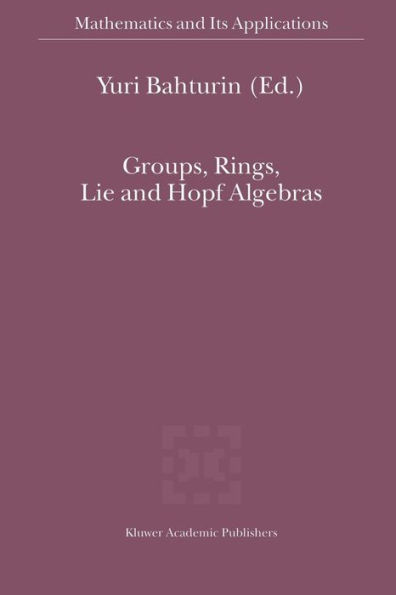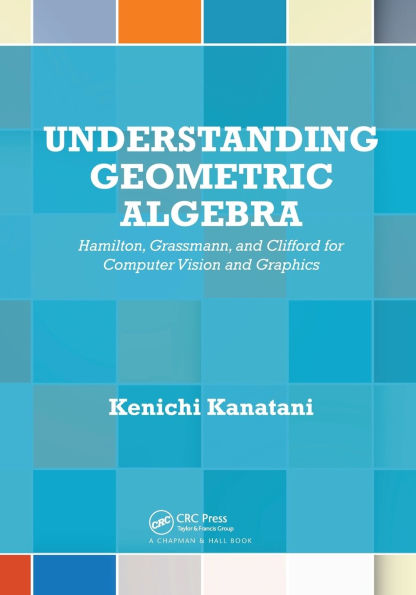Home
Clifford Algebras and Lie Theory
Loading Inventory...
Barnes and Noble
Clifford Algebras and Lie Theory
Current price: $169.99
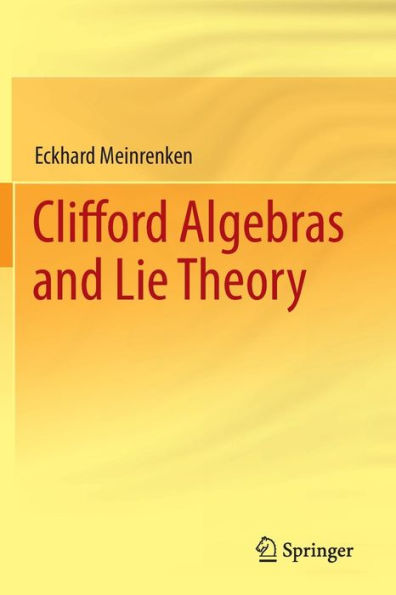

Barnes and Noble
Clifford Algebras and Lie Theory
Current price: $169.99
Loading Inventory...
Size: Hardcover
*Product Information may vary - to confirm product availability, pricing, and additional information please contact Barnes and Noble
This monograph provides an introduction to the theory of Clifford algebras, with an emphasis on its connections with the theory of Lie groups and Lie algebras. The book starts with a detailed presentation of the main results on symmetric bilinear forms and Clifford algebras. It develops the spin groups and the spin representation, culminating in Cartan’s famous triality automorphism for the group Spin(8). The discussion of enveloping algebras includes a presentation of Petracci’s proof of the Poincaré–Birkhoff–Witt theorem.
This is followed by discussions of Weil algebras, ChernWeil theory, the quantum Weil algebra, and the cubic Dirac operator. The applications to Lie theory include Duflo’s theorem for the case of quadratic Lie algebras, multiplets of representations, and Dirac induction. The last part of the book is an account of Kostant’s structure theory of the Clifford algebra over a semisimple Lie algebra. It describes his “Clifford algebra analogue” of the Hopf–Koszul–Samelson theorem, and explains his fascinating conjecture relating the Harish-Chandra projection for Clifford algebras to the principal sl(2) subalgebra.
Aside from these beautiful applications, the book will serve as a convenient and up-to-date reference for background material from Clifford theory, relevant for students and researchers in mathematics and physics.
This is followed by discussions of Weil algebras, ChernWeil theory, the quantum Weil algebra, and the cubic Dirac operator. The applications to Lie theory include Duflo’s theorem for the case of quadratic Lie algebras, multiplets of representations, and Dirac induction. The last part of the book is an account of Kostant’s structure theory of the Clifford algebra over a semisimple Lie algebra. It describes his “Clifford algebra analogue” of the Hopf–Koszul–Samelson theorem, and explains his fascinating conjecture relating the Harish-Chandra projection for Clifford algebras to the principal sl(2) subalgebra.
Aside from these beautiful applications, the book will serve as a convenient and up-to-date reference for background material from Clifford theory, relevant for students and researchers in mathematics and physics.
